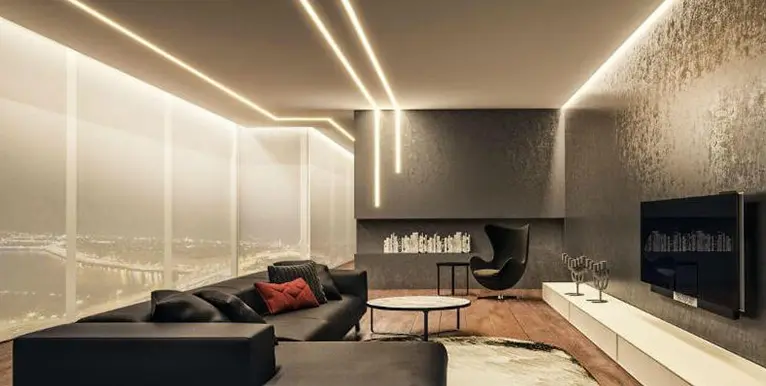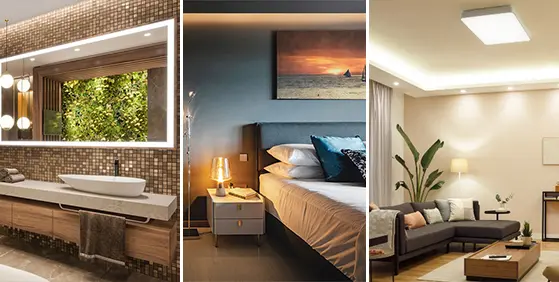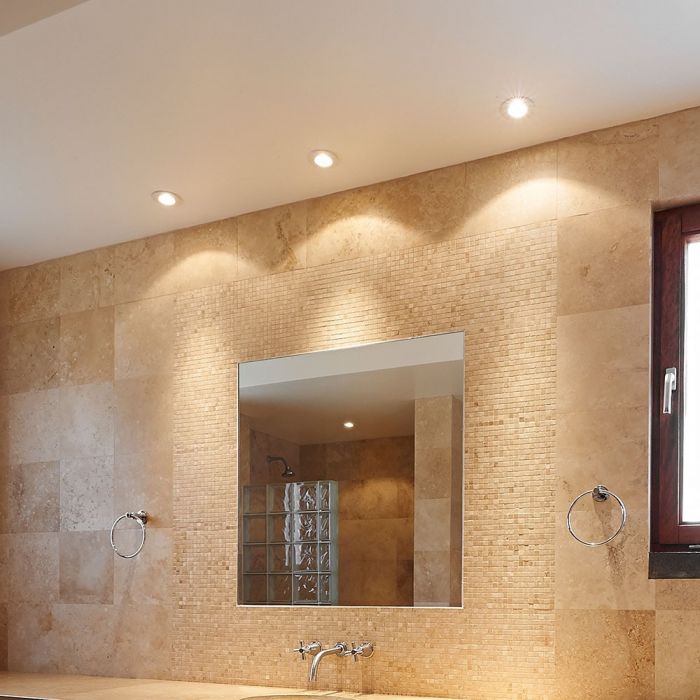What are LED spotlights?
Ever since LED technology rose to prominence the growth of LED lighting has continued 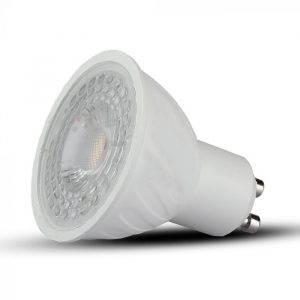 exponentially and has pervaded all corners of the home and business lighting industry.
exponentially and has pervaded all corners of the home and business lighting industry.
Using LED technology for their primary light source, LED Spotlights work and look just the same as the older incandescent or halogen alternatives, however, there are many benefits to switching to LED spotlights. These include lower energy usage, less environmental impact, and longer lifespan, and they come in all shapes and sizes.
What is the best LED spotlight?
As there are many uses for spotlights you must consider the many factors associated with the use of spotlights before you make your final selection.
- The first thing you need to consider is the size and shape of the spotlight you will need. There are three different options. MR, BR, and PAR, are then followed by a two-digit number that indicates the diameter of the bulb in increments of 1/8th of an inch. MR are the smallest whilst PAR is the largest.
- You will also need to check the connection on the bottom of the bulb to make sure it’s compatible with your socket fitting as there are two main types. The narrow straight two-pin connection is known as a GU 5.3, whereas the broader two pins with rounded bottoms are known as GU 10.
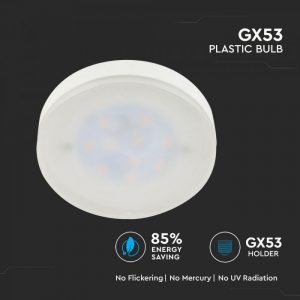
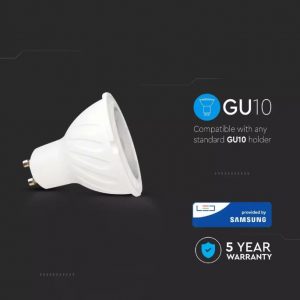
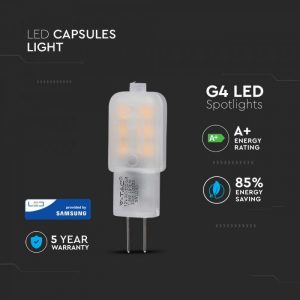
When the time comes to purchase your spotlights there are many options. For those looking for smart lighting options that can be controlled via an app or voice-controlled via Amazon Alexa or Google Assistant then the V-Tac 4.5W LED GU10 Smart Spotlight CCT 3in1 Adjustable is definitely for you.
Dimmable spotlights give greater flexibility when it comes to lighting your home, and one of the best on the market is the 5W Plastic Spotlight GU10 which comes with Stable SMD technology that makes the product more reliable and long-lasting.
What types of spotlights are there?
- Dual In-Line Package (DIP) LEDs: DIP LED lights are the original LED chips that will evoke memories when they hear the term Light Emitting Diode. Even though they have been around for quite some time now, DIP LEDs can still be found in use today in electronic devices.
- Surface Mounted Diode (SMD) LEDs: SMD LEDs or Surface Mounted Diode LEDs as the name suggests are mounted and soldered onto a circuit board and have become the most ubiquitous of all types of LED chips. Thanks to being smaller but much brighter than the DIP predecessors they are much more versatile.
- Chip on Board (COB) LEDs: COB LEDs are the most modern of the three chip sets and are the brightest of the lot, which makes them ideal for home or business lighting solutions thanks to their excellent brightness to energy use ratio that makes them the most efficient and cost-effective of the three.
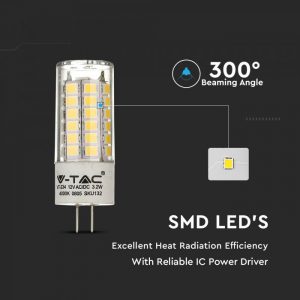
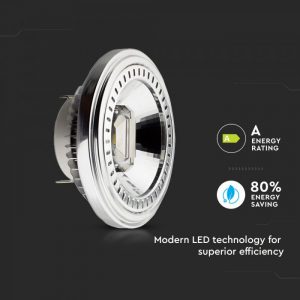
How do you Layout Spotlights?
Depending on where you are placing them you will not want them to be too bright or too dim, and finding the perfect balance is the key to great LED lighting.
The easiest way is to simply place your spotlights one metre apart in every direction. To avoid unsightly shadows make sure they are at least one metre away from where the wall joins the ceiling.
The beam angle correlates to the spread of the light being emitted from the bulb with most ranging between 25 and 60 degrees, with wide beams giving light to a bigger area with narrow beams giving off a brighter narrow “cone” of light.
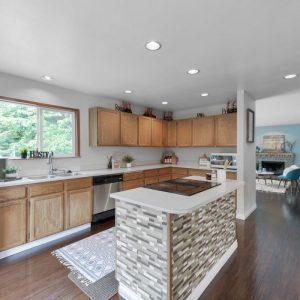
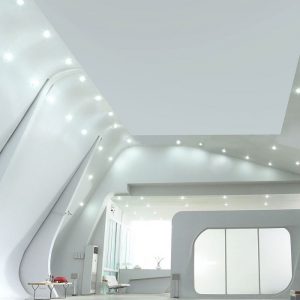
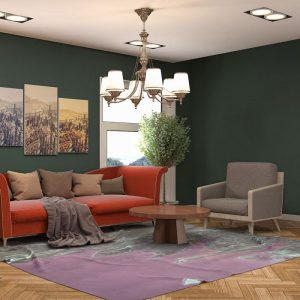
How do you Install LED Spotlights?
- Simply use a mathematical compass to draw a circle on the ceiling in pencil having first noted the diameter of the hole you will be cutting.
- hen drill a small hole through the circle just inside the pencil line.
- Then simply use a hole-saw attachment on the end of your drill of the correct size to cut out the disc of the plasterboard from the ceiling.
- Then all you need to do is to fit the spotlight into place and you will find that they clip into place and grip the plasterboard around them.
FAQs
1. What is the difference between a spotlight and a downlight?
Spotlights are fixed onto the ceiling or wall and can provide light in multiple directions making them ideal for directly lighting an object or specific area, whereas downlights are mounted or recessed into the ceiling and only light downwards.
2. How many lumens is a good spotlight?
Generally, a bedroom or lounge will need 10-20 lumens per sq ft. A kitchen or bathroom will need a bit more usually 70-80 lumens per sq ft.
3. What are the brightest LED spotlights?
The brightest LED spotlights available are for industrial use only and can reach up to 100,000 lumens with a beam range of 1217 meters. For the home, the brightest bulb you can buy is 500 lumens.
4. Are LED spotlights expensive to run?
LED spotlights are more cost-effective than older types of LED bulbs although to find out the true cost you will need to factor in how many bulbs you have, the wattage and how many hours a day they are in use, as well as the price of your electricity provider charges.
5. Should I get spotlights in the living room?
Yes. They are cheaper to run, and so long as you opt for a warmer colour they give off the same warm light as halogen or incandescent bulbs of the past, and at Smart Lighting Industries we have a vast selection of LED Spotlights ideal for the living room.
6. Can you change a normal light to a spotlight?
Yes, it can be done. The complexity or ease of running cables is reliant on the construction of your property, what the joists are made of and their direction, but it can be carried out from below without disturbing the floor above.
7. What are the best spotlights for a kitchen?
MR16 and GU10 spotlight bulbs are the most popular for use in a kitchen as they offer a greater range of beam angles so you can better light the areas you need.
8. How long do LED spotlights last?
Typically, most modern LED spotlights will last up to 50,000 hours, making them a cost-effective replacement for older types of bulbs despite the higher unit cost.
9. Can you dim LED spotlights?
The short answer is yes. However, not all LED spotlights are dimmable, so you must check if they are dimmable at the point of sale.


